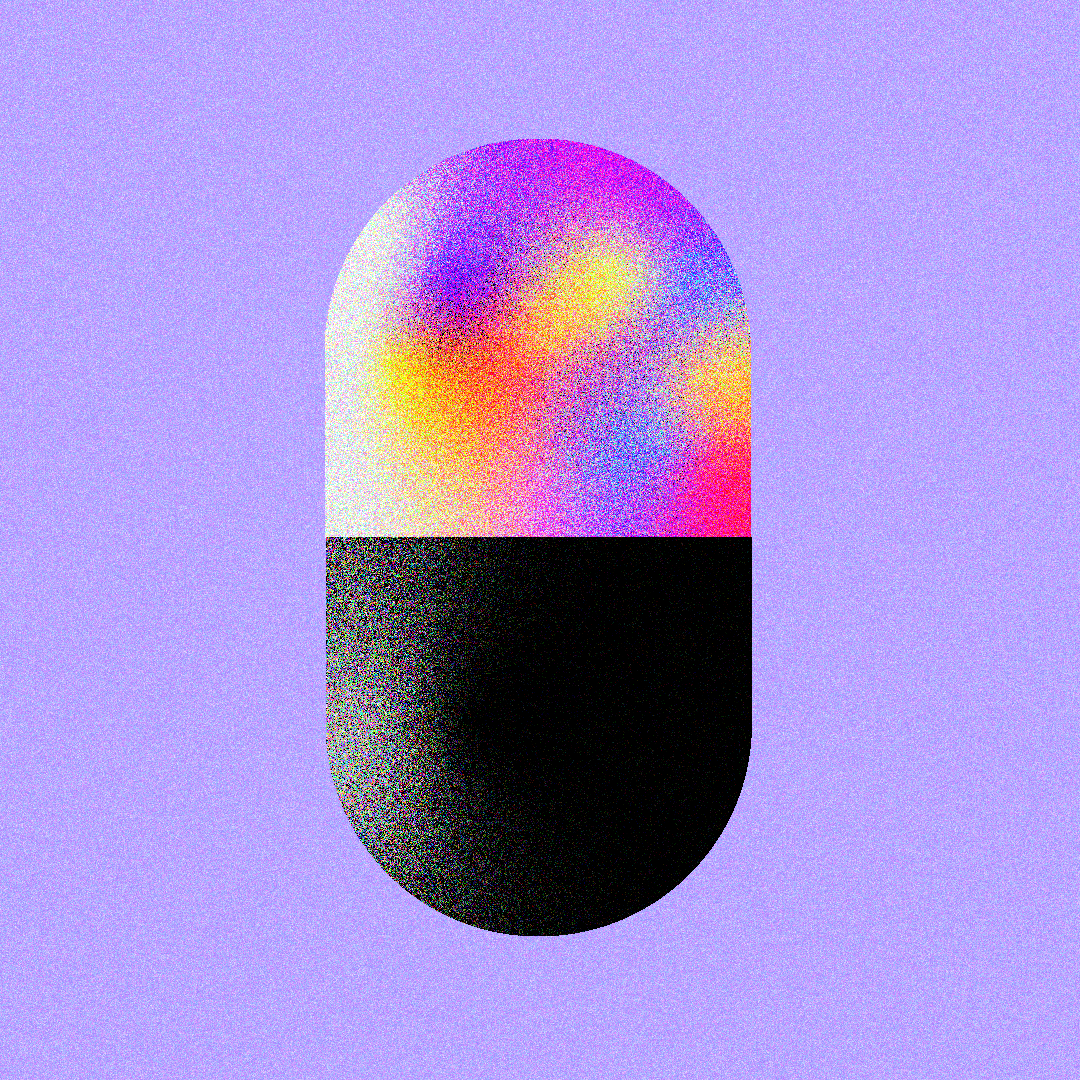Over the past decade, interest in psychedelics—including psilocybin, LSD, and MDMA—as treatments for psychiatric disorders has grown exponentially among scientists, mental health professionals, the media, and the public.
Early controlled trial data suggest that certain psychedelics, when paired with psychological support, may help alleviate symptoms of major depressive disorder (MDD), treatment-resistant depression (TRD), and posttraumatic stress disorder (PTSD). Preliminary findings also point to potential benefits for other diagnoses, such as substance use disorders.
Despite these encouraging signals, the authors—psychiatrists from institutions including the University of Toronto, Stanford University, and CF—emphasise that much remains unknown. In particular, they highlight several critical issues that must be addressed to safely and effectively move the field forward.
Study Design and Blinding
“Blinding” is a common strategy in clinical studies to make sure that neither participants nor researchers know who’s receiving the real treatment and who’s getting a harmless substitute (a placebo). This approach helps prevent people’s expectations from influencing the results. However, because psychedelics tend to produce noticeable mental and physical effects, it’s often easy to guess if someone received a real dose or a placebo.
“When participants figure out they’ve taken a psychedelic, it can affect how they report their symptoms—and that risk of ‘unblinding’ can distort the true benefits of these treatments”, explains co-author Albino Oliveira-Maia, Director of the Neuropsychiatry Unit at CF. “Going forward, clinical trials will need to look at creative ways to preserve this blind, such as using ‘active placebos’ that mimic some of the effects without containing psychedelics, or having independent reviewers—people who aren’t directly involved in administering treatments—evaluate patient progress”.
Safety, Abuse Potential, and Risk Management
Although experts generally view psychedelics as having a low potential for addiction, researchers still have more to learn about their overall safety in the short and long term. One concern is hallucinogen persisting perception disorder (HPPD)—a condition in which people may experience recurring “flashbacks” of psychedelic-like visual effects long after using these substances. Another area of focus is cardiovascular health, since some preliminary evidence suggests possible risks for heart valves.
“We have promising signs that psychedelics can be used responsibly when the proper safeguards are in place”, says Oliveira-Maia. “But part of responsible use is carefully assessing and managing these risks, especially as we consider offering these treatments to more types of patients”.
Role of the “Psychedelic Trip” and Psychotherapy
One of the most debated questions surrounding psychedelics is whether the so-called “trip”—the intense subjective experience of altered perception and cognition—is necessary for achieving therapeutic benefits. In most studies, these treatments are combined with psychedelic-assisted psychotherapy, where a trained therapist supports the patient before, during, and after their psychedelic session. This therapy helps patients prepare for the experience, process it as it unfolds, and reflect on its meaning afterward.
“Some people may benefit from the introspective insights gained during a psychedelic session”, explains Oliveira-Maia, “while for others this may not be as clear. We need well-designed studies to tease out how much psychotherapy—and what type—truly matters for patient outcomes”.
Infrastructure, Training, and Accessibility
As research moves forward, the question of how to offer psychedelics in a safe, ethical, and widely accessible manner becomes more pressing. Administering these treatments isn’t as simple as handing out a pill. Patients typically undergo their psychedelic experience in a carefully controlled environment, with trained professionals present to guide them and ensure their safety.
“This isn’t like taking regular medication at home”, notes Oliveira-Maia. “It is likely that psychedelic therapies will require significant resources, including specially trained staff, private spaces for patients, and regulatory oversight to meet safety and ethical standards”.
Such requirements can make these treatments expensive and limit their availability. “If we want these therapies to reach more people, we need to figure out how to integrate them into existing mental health systems in a cost-effective and scalable way without compromising their safety or quality”, Oliveira-Maia adds.
Guidance for Future Research
By providing an in-depth overview of current evidence, potential risks, and key next steps, the authors offer a roadmap for clinicians, researchers, and policymakers alike. They stress the need to study well-defined patient groups and to address critical questions: Which types of patients are most likely to benefit from these therapies? How can positive effects be sustained over time? And how do psychedelics interact with other psychiatric medications?
“We need large-scale trials with rigorous methods to address these and other questions and produce reliable outcomes”, concludes Oliveira-Maia. “By identifying who benefits—and why—we can chart a clearer course for these treatments, ultimately offering safe and effective options for the patients who need them most”.
Text by Hedi Young, Science Writer and Content Developer of the Champalimaud Foundation's Communication, Events & Outreach Team.

